SOS Emergency plan

SOS Emergency plan
Important information about the SOS label in your backpack
It's a beautiful day in the mountains. Everything's going to plan. The sun is shining, the scenery is varied and interesting. The trail is winding / the pow is untouched / the rock is grippy - there's nothing to indicate what's about to happen. Just one tiny lapse in concentration, one wrong step, or just plain bad luck. But would you know exactly what to do in an accident in the mountains? Not entirely sure? Well, you're not alone.
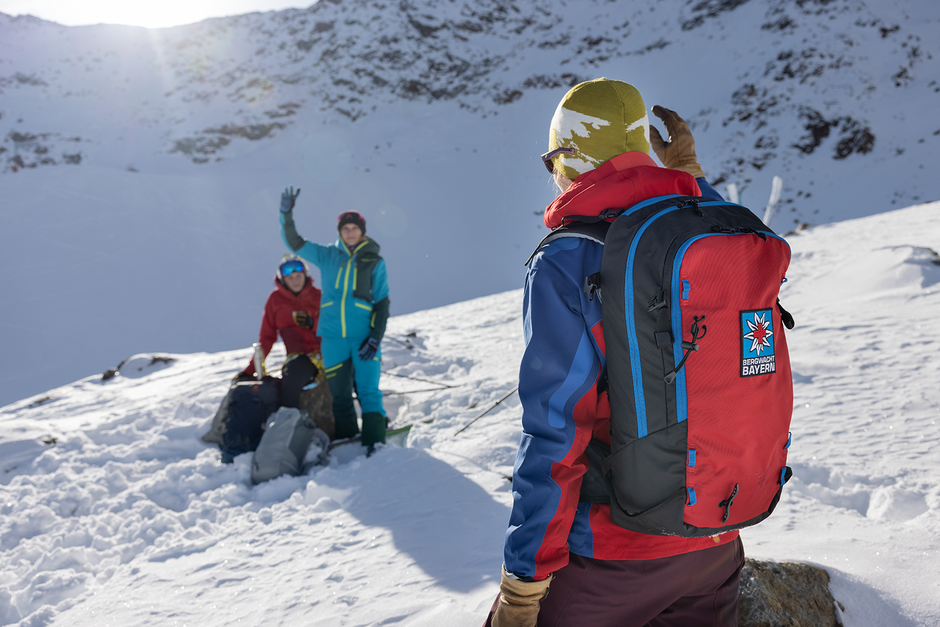
Keeping a cool head in an emergency - how a systematic approach can prevent mistakes.
Even the tiniest mishap can soon turn into a serious incident in the mountains. That's why having a solid understanding of what to do in an emergency and keeping a cool head are really important skills for anyone who's into mountain sports. Following a clear set of rules and adopting a structured approach in a high-stress situation creates calm and prevents mistakes from happening. Which is why targeted strategies achieve a structured, systematic approach. Another area where mistakes often happen is in the 'correct' or 'right way' of communicating in difficult situations, which can lead to misunderstandings or even information being omitted.
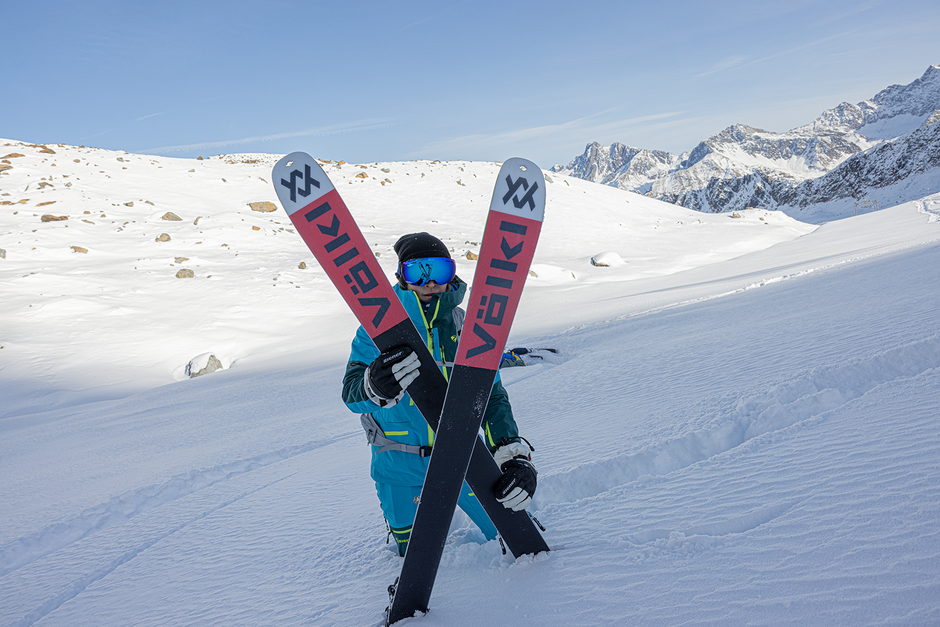
The SOS label in all our deuter backpacks is designed to minimize these kinds of mistakes. It offers our customers a proven and realistic set of guidelines in an emergency. In this short blogpost we’ll explain our SOS label and the underlying principles in more detail.
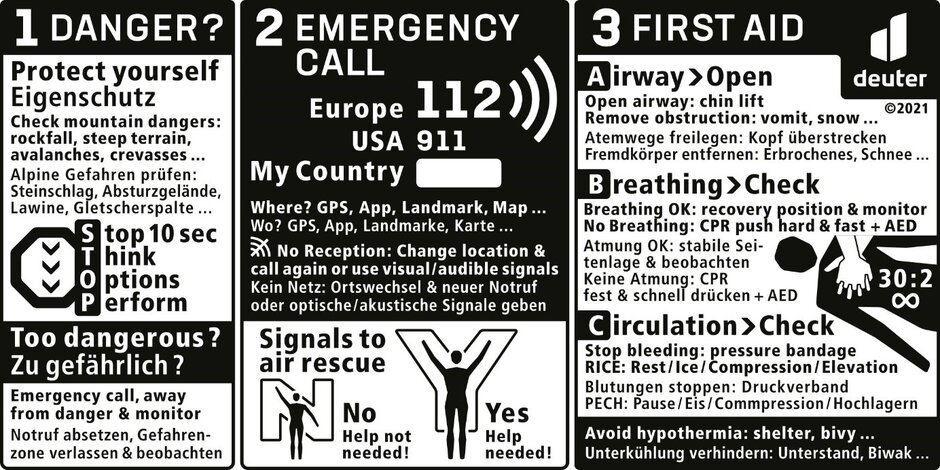
STOP – 4 easy-to-follow effective steps
Acting blindly or panicking is no good in an emergency. But that’s easier said than done however, because our first reaction in an emergency tends to be instinctive. Which is why it’s so important to have the 4 steps of the STOP system firmly embedded into our consciousness.
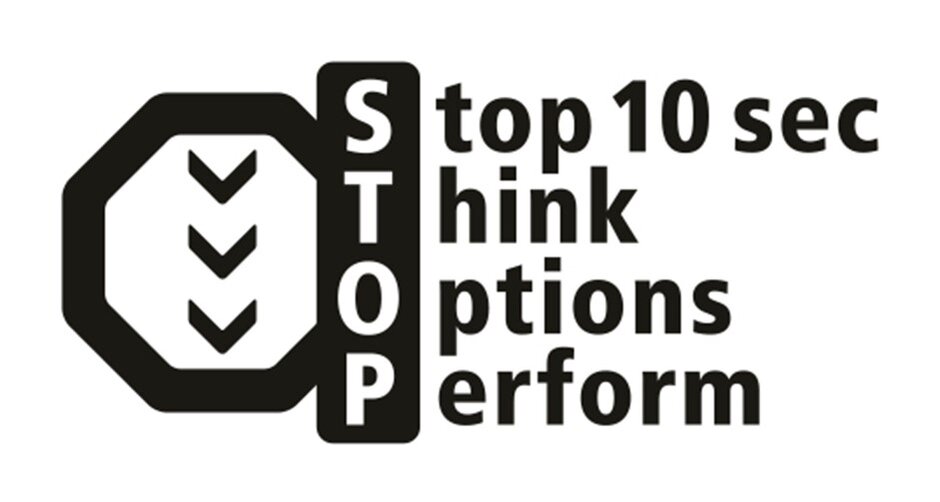
STOP – Before taking action as a helper or first aider, stop and take a step back (both physically and mentally). We only make good decisions when we’re in a calm, gathered state.
THINK – As the first responder you can assess the overall situation. Your own safety is your top priority, however. It’s only by keeping yourself safe that you’ll be able to help others. And it’s only by assessing the dangers and potential risk factors that you’ll be able to make the right decisions and prevent any secondary accidents from happening. It’s good to have a solid understanding of the potential objective dangers (mostly natural) and subjective dangers (mostly human) in the mountains as well as other potential risks.

OPTIONS – You can then decide whether you can safely cope with the dangers and risks involved in providing assistance, and whether the injured person will benefit from your help in this situation. In other words: If the accident site is exposed to objective dangers, the injured person should be moved out of the danger zone and to a safe place. If, after assessing your own abilities and the situation, you feel that you would be putting your own safety and that of the injured person at risk by acting, then you should refrain from providing assistance, leave the danger zone, make an emergency call, keep observing the injured person and wait for professional rescue services to arrive on the scene. You can then brief them and fill them in on all the details about the incident.
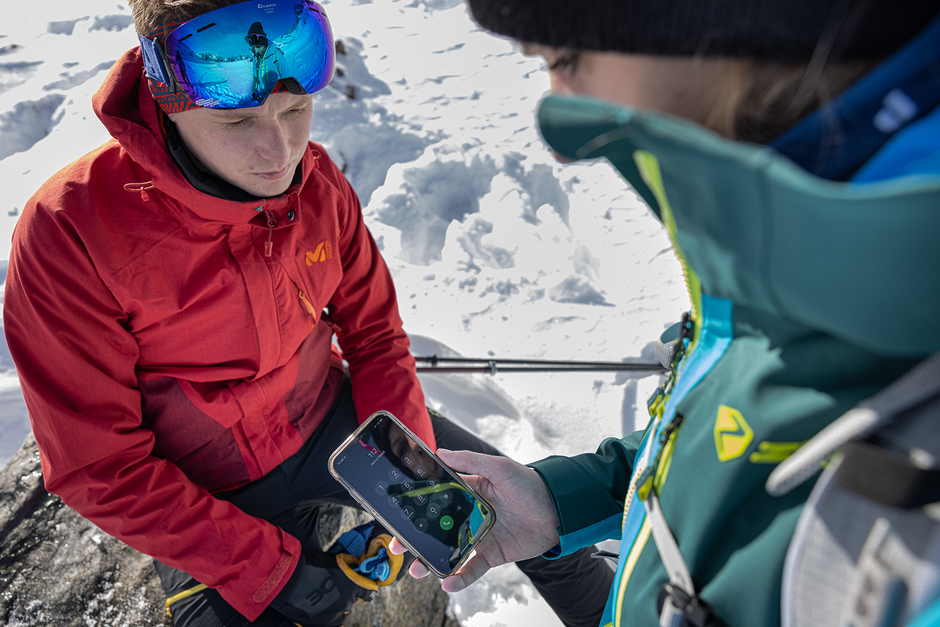
Making an emergency call is essential to initiate professional rescue services. In the mountains however, this can be hampered by lack of cell phone signal etc. So here are a few tips on how to act in an emergency and what precautions you can take:
- When heading into the mountains, it’s important to tell friends or family where you intend to go and what time you expect to be back.
- You can also leave a note in your windscreen at the car park, with details of your route and planned return time. You could also use a parking dial.
- For tours in very remote and inhospitable areas, an alternative communications device such as a satellite phone might be a good idea.
- To make an emergency call, dial 112 for most of Europe or 999 in the UK and 911 in North America, which usually works even if there is no normal coverage. That’s because 112/999/911 uses the best network coverage, regardless of your cell phone contract, or your cell phone uses better signal strength for this specific purpose. There are several ways to do this:
- Type the numbers in manually
- Use your cell phone’s emergency call function
- Instead of unlocking a phone with your PIN select the emergency call / emergency SOS function
- Some cell phones (e.g. iPhones) have a specific combination - Once you’re through to the emergency service, you’ll have to answer the 5 most important questions to give them an exact incident report.
• Where - did something happen?
• What - exactly happened?
• How - many people are involved?
• What - kind of injury / emergency is there?
• Waiting - for further questions!
If you still can’t get a signal, change locations and trying again. If that still doesn’t work, and you can’t get a signal within a reasonable radius of the accident site and within a reasonable timeframe, you should try to use visual or acoustic signals and follow the signals for an aerial rescue (Y= help needed, N= no help needed).
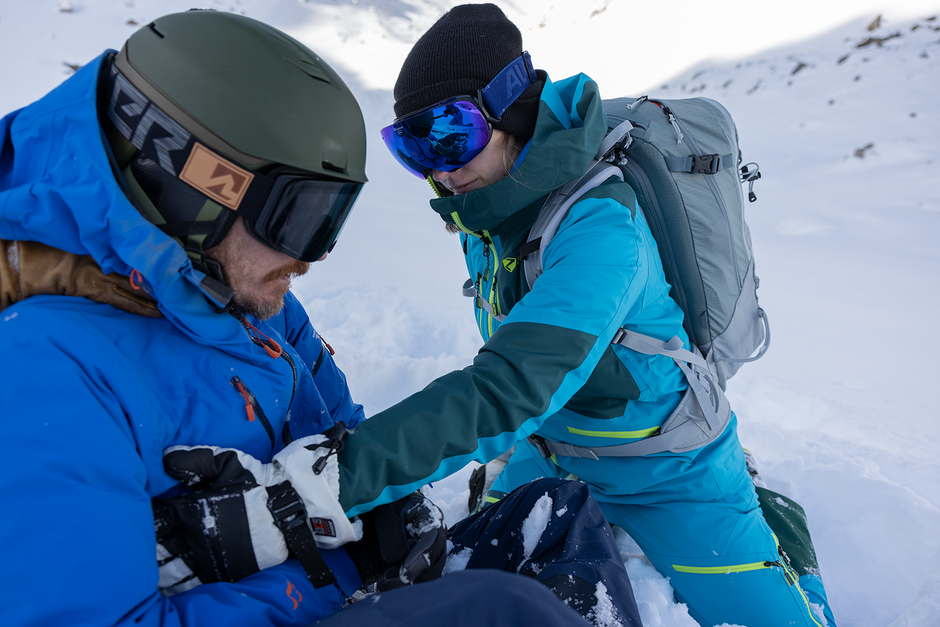
PERFORM – If you decide to carry out first aid, it’s important to prioritize the measures you’re going to take. The injuries you are dealing with can range from small grazes to heavily bleeding wounds, broken bones or loss of consciousness. It's essential you have a solid understanding of first aid, know how to use the necessary techniques and, above all, carry a first aid kit. A bivouac bag or shelter, cell phone, helmet and emergency map are also essential pieces of equipment in any mountain backpack. Using the ABCDE emergency assessment method gives a clear understanding of how to act and serves as a useful guide for all first aiders.
ABCDE emergency assessment
AIRWAY: Check if the victim is breathing and their airways are free from obstruction. Tilt the head to check inside their mouth and remove any foreign objects such as vomit, snow, etc.
BREATHING: If their airways are clear and they are breathing fine, then maneuver the victim into the recovery position and monitor them. If their airways are clear but they are not breathing, then begin cardiopulmonary resuscitation (CPR). This should be carried out at a ratio of 30:2 (30 x heart compressions, 2 x resuscitation breaths) and do not stop until the victim is breathing independently again, or professional rescue services arrive on the scene and take over.
CIRCULATION: Measure the victim’s pulse at the extreminites or carotid artery. Check for bleeding, any irregularities or skin conditions. Treat any wounds with pressure bandages and follow the RICE guidance of Rest, Ice, Compression and Elevation. Following this sequence of self-help measures alleviates acute pain and prevents more serious outcomes.
DISABILITIES: Evaluate the victim's level of consciousness and check for visible injuries such as head trauma, etc.
EXPOSURE: Assess any other remaining symptoms and take action. Prevent the victim from getting hypothermia by using a survival blanket, warm clothing, a shelter or bivouac.
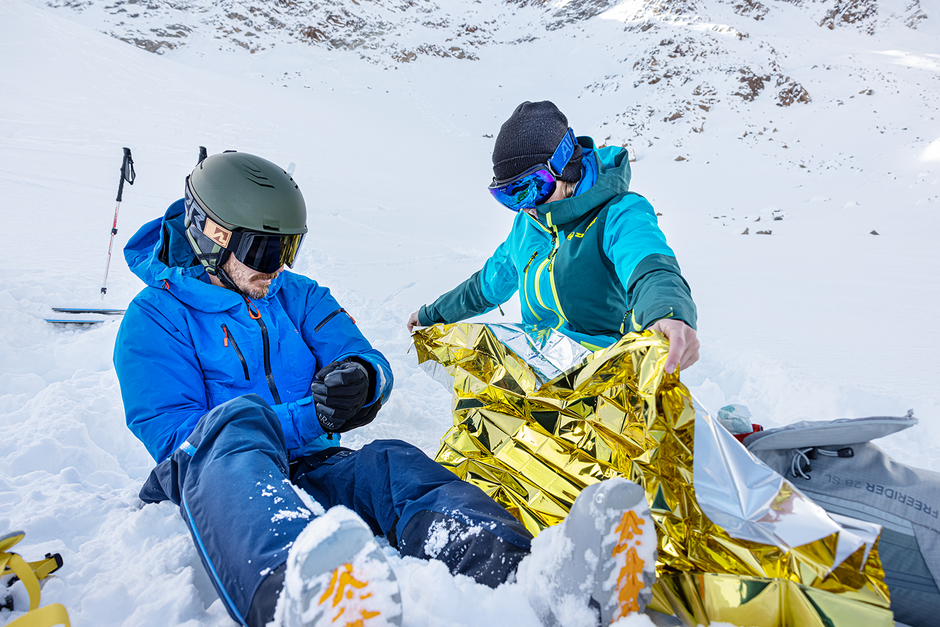
And so it’s these four key things to think about and act upon that are featured on the SOS label inside your pack. Having them there, all in one place and easy to read, should help keep a cool head in challenging situations. It does not however, replace or negate the need for comprehensive first-aid training. Anyone regularly spending time in the mountains should take one of these courses and attend refresher courses so that they can help themselves and others in an emergency, or even save lives.
If you’re interested in learning more, check out our Winter Knowledge Base for more in-depth information on staying safe, and therefore having a more enjoyable time in the mountains.